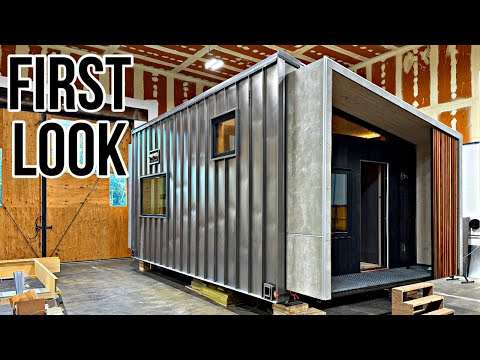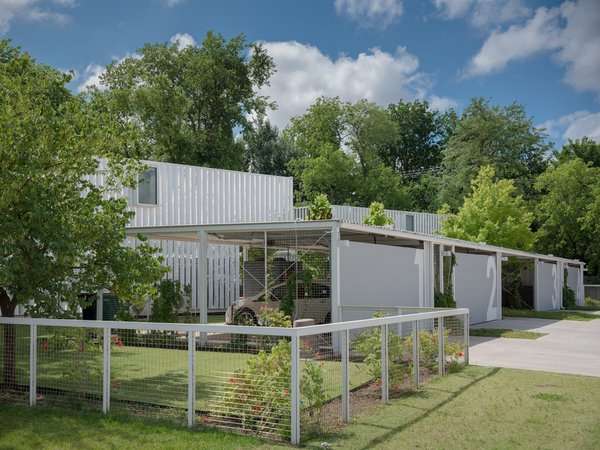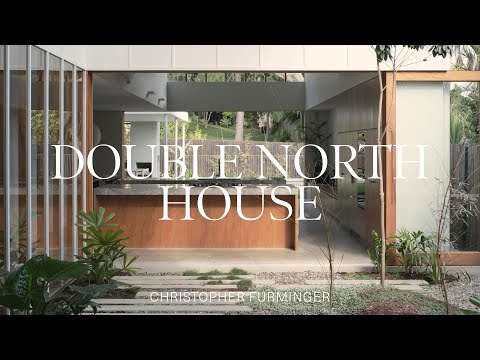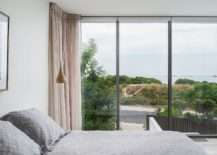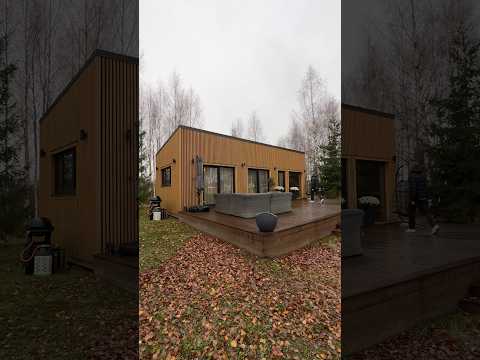Whistler Ski House is a family retreat located in the Coast Mountains of Canada, north of Vancouver. Elevated ten feet off the ground, the house was designed to withstand the harsh conditions of the mountainous environment and its terrain, prone to flooding and seismic risks. Comprised of two structures connected by an 80-foot glass bridge, the house offers privacy and maximizes views of the surrounding lake and forest. The façade features an operable shutter system that allows for climate control, ensuring protection, privacy, and comfort.
Credits:
Architects: Olson Kundig
Photographs: Benjamin Benschneider
Location: Whistler, Canada
Area: 6000 ft²
Year: 2014
